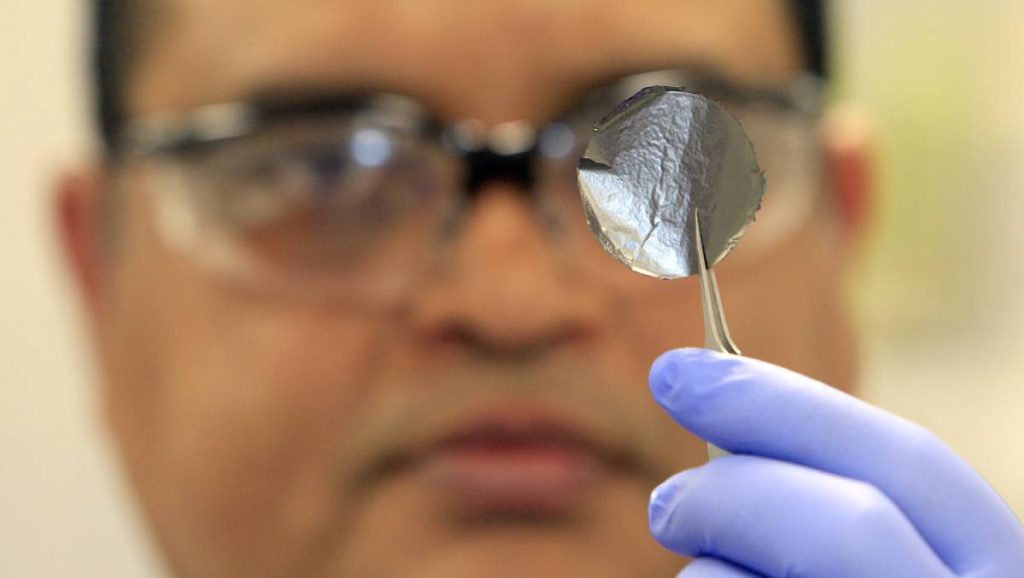Sensors are used in various devices for a lot of different purposes. But have you ever heard of sensors that could be used to measure the footsteps of a spider? Well, researchers at the Trinity College Dublin have come up with a highly sensitive sensor made by combining Silly Putty and graphene. While graphene is a nanomaterial, Silly Putty is a kids today.

Researcher Jonathan Coleman and his colleagues published a new study in the Science journal regarding the new sensor. According to the new research, Silly Putty has got surprising properties such as behaving like both a liquid and solid. But it’s capabilities rise to an even more surprising level when combined with graphene.
Coleman and team is focussing on two-dimensional molecules like graphene and also finding new applications for flat nanomaterials. The group usually practices “kitchen physics” by incorporating ordinary household objects into the research. This is the reason why the team struck upon Silly Putty and decided to include it in their research.
Connor Boland, one of the authors of the new study, gave a suggestion to the team that they use Silly Putty because it is a polymer and also an everyday object. And besides, graphene has been mixed with polymers before. So, Boland made a graphene batch in water and then added in some Silly Putty to it. While mixing the two materials, it was observed that the polymer and graphene sheets stuck together and formed a black goo. This goo was named as the “G-putty” by the team.

Later, electrical current was passed through the new G-putty, and it was noticed that the graphene-infused polymer showed extraordinary levels of sensitivity. Coleman said,”If you touch it even with the slightest pressure or deformation, the electrical resistance will change significantly.” If any other deformation-detecting material was to be compressed or stretched by a percent of its normal size, it would respond with a 1 percent change in its electrical resistance. But when the G-putty was subjected to such deformation at the same rate, its electrical resistance changed by a factor of five!
So clearly, the new graphene-Silly Putty mix is 500 times more sensitive than other deformation-detecting materials. The researchers put the G-putty’s sensitivity to test by making a spider walk over it and measuring its footsteps. Surprisingly, the material did detect the tiny footfalls of the spider. One very important application of this material can be impact sensors in safety and security devices.
Talking about applications, the researchers see the G-putty being used in electromechanical sensors for measuring vibrations. A good example for this could be an unobtrusive, squishy sensor for tracking a baby’s breathing. Similarly, the material could be used to measure blood pressure and heart rate by placing it on a pulse point. Using G-putty would make the process much more precise than before and also very cheap. As of now, commercialization options for the new G-putty are already being discussed.
For more such updates, stay tuned to MobiPicker.
